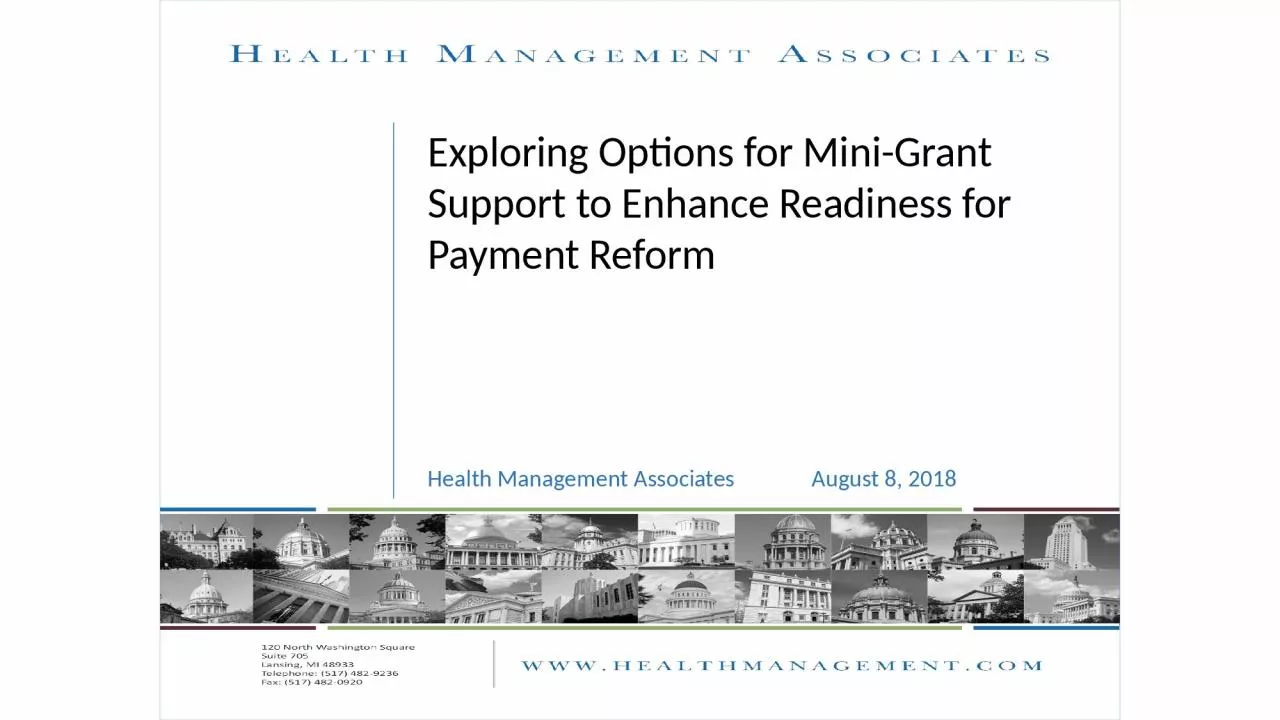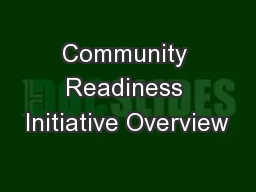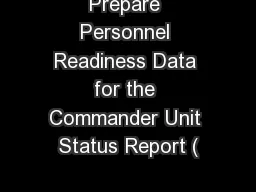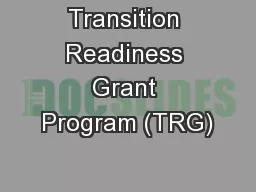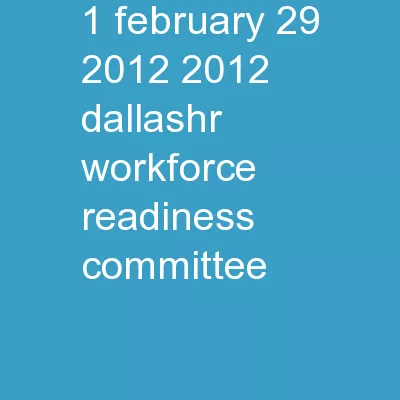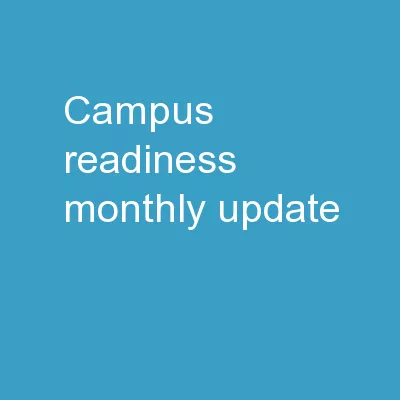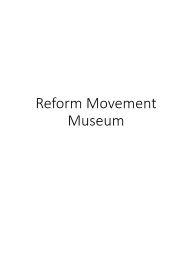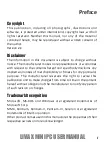PPT-Exploring Options for Mini-Grant Support to Enhance Readiness for Payment Reform
Author : willow | Published Date : 2024-01-29
Health Management Associates August 8 2018 MinI Grant focus to improve readiness for payment reform Data integration and analytics Clinical integration including
Presentation Embed Code
Download Presentation
Download Presentation The PPT/PDF document "Exploring Options for Mini-Grant Support..." is the property of its rightful owner. Permission is granted to download and print the materials on this website for personal, non-commercial use only, and to display it on your personal computer provided you do not modify the materials and that you retain all copyright notices contained in the materials. By downloading content from our website, you accept the terms of this agreement.
Exploring Options for Mini-Grant Support to Enhance Readiness for Payment Reform: Transcript
Download Rules Of Document
"Exploring Options for Mini-Grant Support to Enhance Readiness for Payment Reform"The content belongs to its owner. You may download and print it for personal use, without modification, and keep all copyright notices. By downloading, you agree to these terms.
Related Documents

